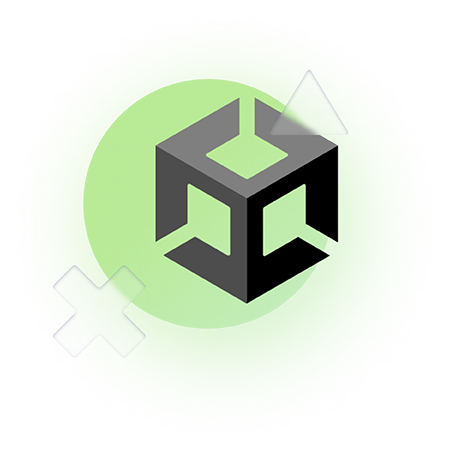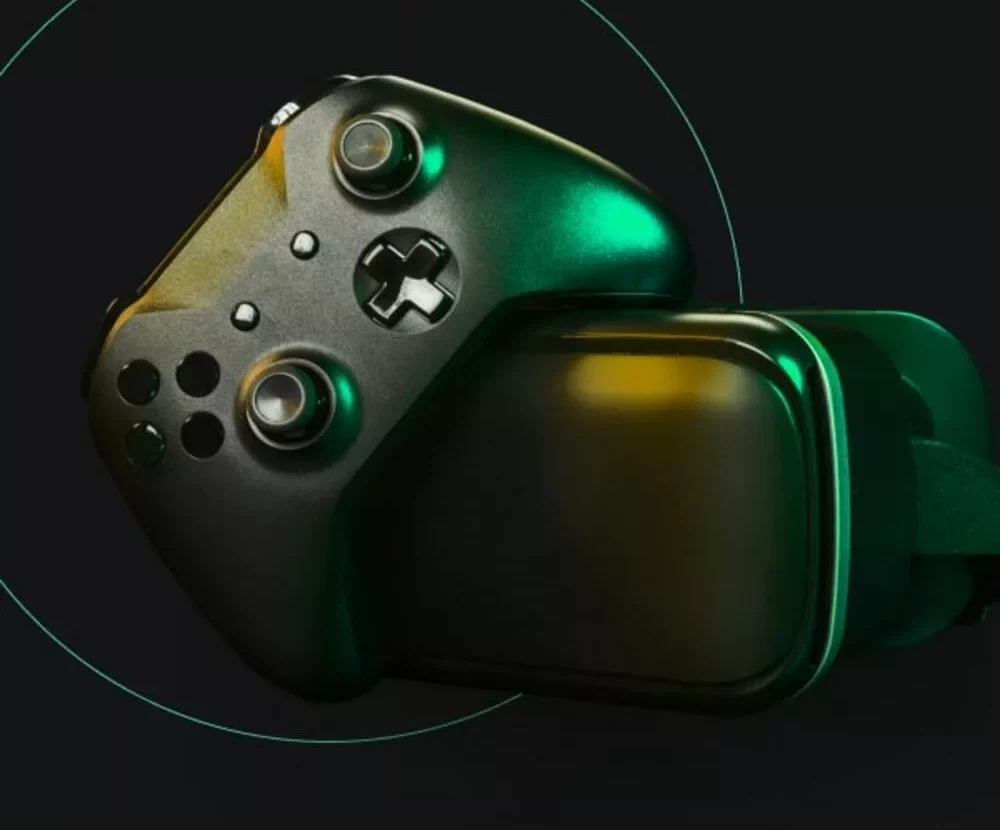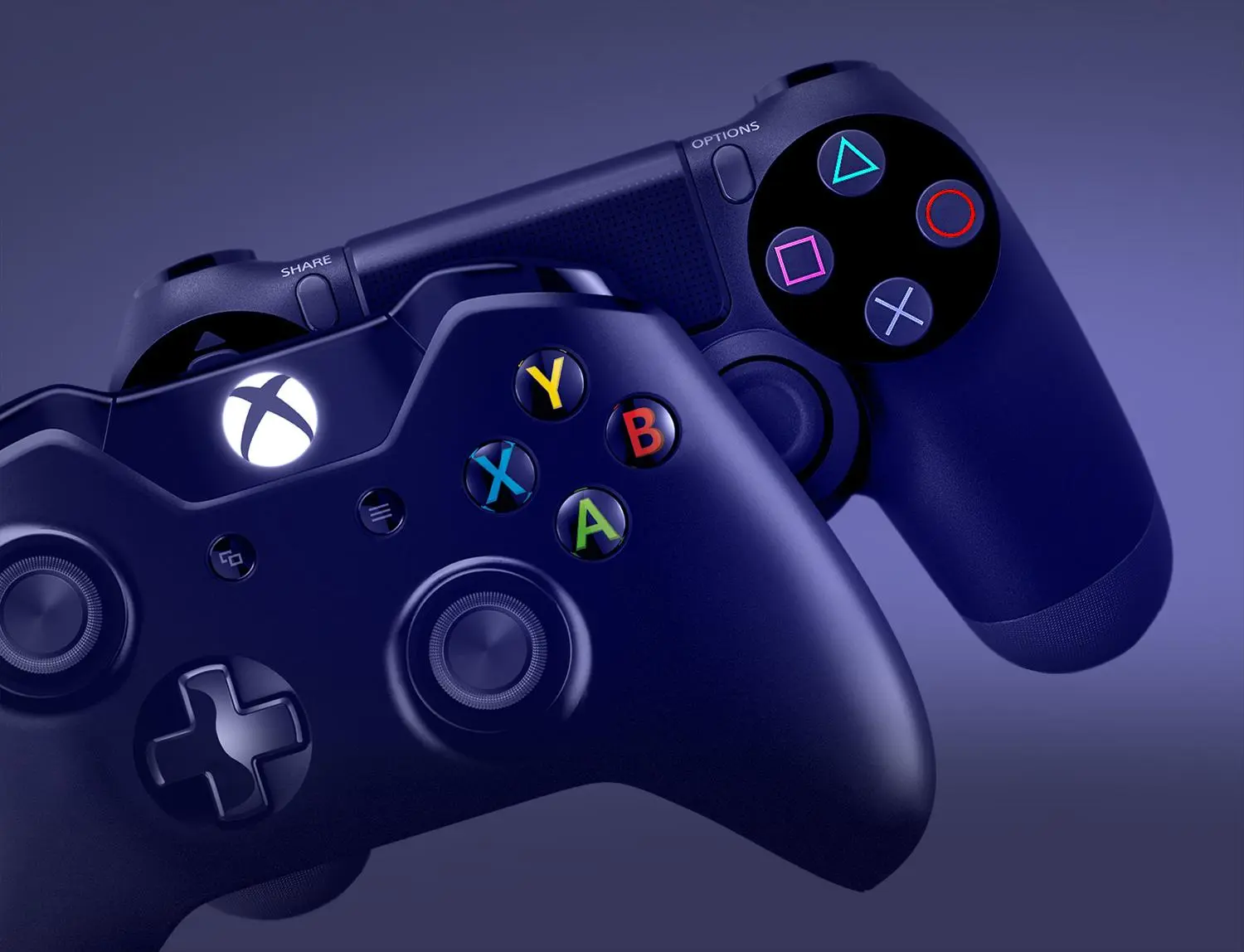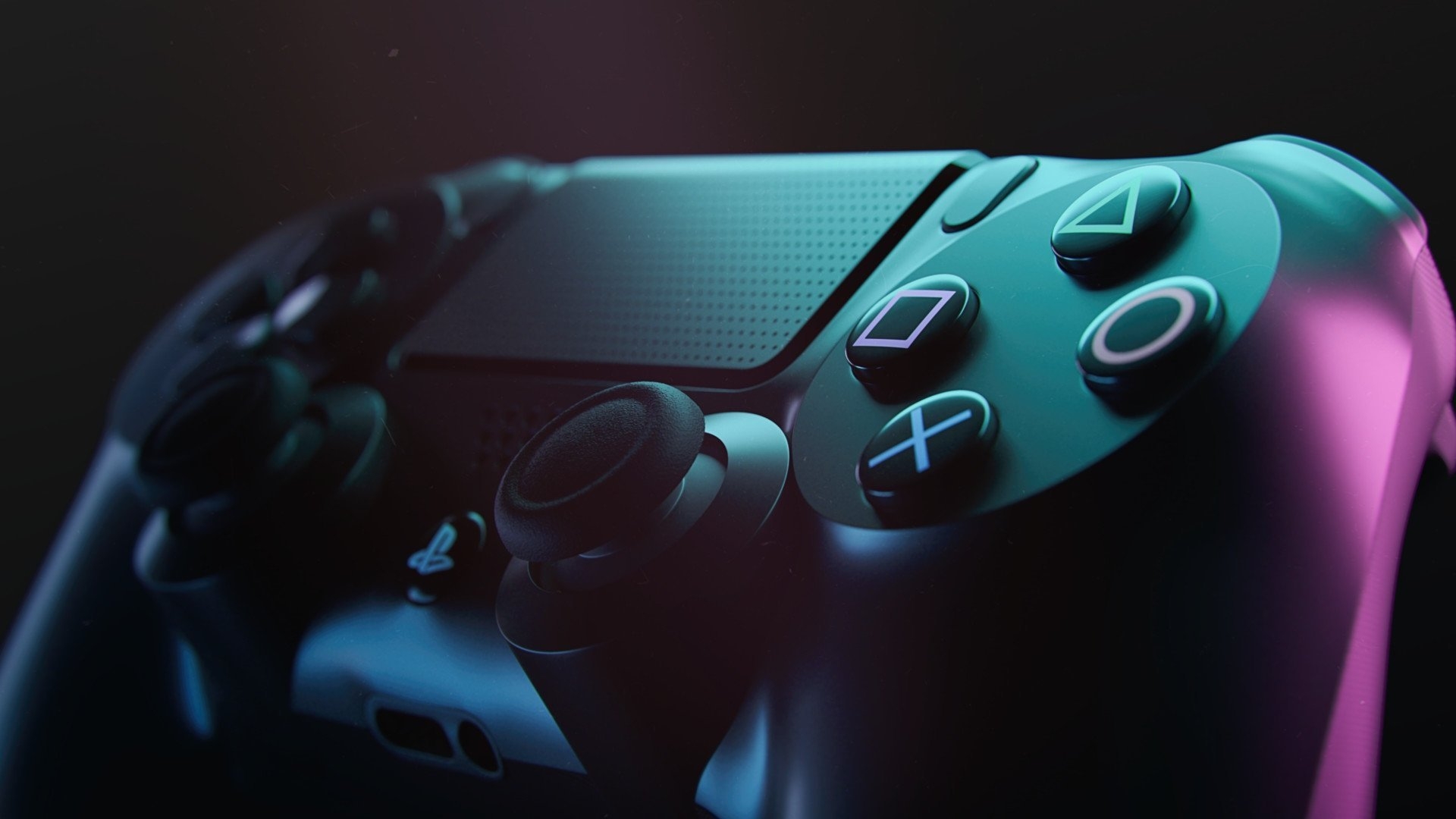Newzoo predicts that by 2021 the number of people interested in video games will reach two billion – a quarter of the world’s population. This is a huge market that is showing explosive growth during a pandemic. The need for specialists who create games and game content will also increase proportionally – game design has become a promising specialty.
We are telling who game designers are, what they can do and how much they earn. We also asked gamemakers how they got into the profession.
Any computer game starts with an idea and game world design – that is exactly what game designers do. They come up with the rules by which the game will work and its characters will live, set the ultimate goal of the game and determine the choices in the decision-making process of the player, affecting the final outcome of the game. Often people confuse the two and think of game design as either just programming or game art. In reality, game design is neither.
What a Game Designer Does
The main function of a game designer is designing the game experience. He creates not only the structure of the game, but also decides what emotions the player will experience at each stage of the game. In this sense the work of a game designer is very similar to the work of a movie director. In addition, a game designer manages the process of game production, and in this sense he acts as a full-fledged product manager.
The game designer constructs the basic dynamics of the game, which is responsible for the overall feel of the game for the user. The basic dynamics is based on the basic game mechanics – the way objects interact with the player and the game space. For example, the main game mechanics of chess are the movement of chess pieces across the field.
A game designer is a rather broad concept. In the micro teams that develop games, he can work together with the programmer. In large companies game designers have different specializations, which are in fact different related professions. Game design in large projects can take place in different segments from the design of the worlds themselves to game texts (dialogues, game descriptions and alerts), interfaces and character creation.
It is common to distinguish between these levels of game design:
- Game content – the mechanics;
- worlds and narrative – where to play;
- interfaces – how to play;
- content – what to play.
Narrative designers write texts for diaries and computer terminals, as well as working on mythology and thinking about the presentation of the story: for example, through the environment through the arrangement of objects, characters, and staged scenes.
The system game designer creates the general rules of the game; he is a versatile specialist who will find a use for his skills in any game team. He calculates and is responsible for the balance of game mechanics, and in a large company this will be handled by a separate specialist – the Balance Designer. They make sure that all players are on an equal footing. They make sure that passing levels is not too easy, but is in principle possible.
There are also:
- analysts;
- balancers;
- UX designers;
- onboarding specialists;
- level designers; prototypers; R&D specialists;
- prototypers and R&D specialists;
- monetization specialists;
- and other smaller specializations.
What a game designer should be able to do
Main responsibilities:
- Developing a game concept.
A concept is an initial document where all the initial suggestions and ideas on the game’s theme are gathered. This is the basis which a game designer will later develop. - Designing the basic game mechanics.
- Designing the game balance.
- Creating the images of the game characters.
- Planning the gameplay throughout the game.
- Writing a design document for the game.
- Adjusting the game concept in the process of development.
- Coordination of specialists involved in the work.
- Ways to possibly monetize the game.
When all the ideas are collected in the concept, specific plans for bringing them to life are written in the design document (DDP). Now it’s the gamemaker’s job to oversee the implementation of the game: to make sure that all ideas are taken into account and that all characters are properly created.
As in other professions, hard-skills and soft-skills are important in game design.
Hard Skills. Creating and developing game systems
A game designer must be able to think analytically – identify and analyze current trends in the computer game market. Understand the interests and behaviors of the target game audience. A game designer does a lot of analytical work before forming a game concept.
Analytical abilities will also come in handy when comparing different game balance models.
Generating ideas is a direct responsibility of a game designer, so this skill is especially important. It is a complex skill, connected with a wide professional outlook and creativity.
The ability to work with documents is also necessary for a game designer – three-quarters of his time is spent on drawing up concept and design documents. In them he explains in detail the mechanics of the future game: everything is described to the smallest detail, from the control to the story. In addition, a game designer should be able to draw up clear terms of reference in which he specifies the basic references and gives instructions for programmers and artists.
Soft Skills. Communication Skills
The ability to communicate and convey your ideas to others is the most important skill for a game designer. While working on a game, he has to coordinate the actions of other members of the game team, especially artists and programmers. A game designer creates the terms of reference for them and monitors its implementation.
Therefore, the ability to work in a team is very important for a game designer.
A game designer should be able to present his or her ideas in a structured way. These abilities are especially valuable when communicating with potential investors, who determine the financing of a game project.
Where to study to become a game designer
In Russia, a small number of universities teach game design. For example, the Higher School of Economics and the Institute of Business and Design. In the West there are a lot of universities and specialized schools, which help to become a specialist in game design. Here, for example, is the list of the top 150 studios and colleges in the USA, where you can get this profession.
To study game design, there are numerous online courses at your disposal today. However, the specificity of the profession is such that you can master it only by yourself, making games. And here there are several ways for the future game designer: to take an internship in a company that develops games, get a job as a junior in a game project, or enter the sphere of games through working as a QA-engineer. The latter option allows you to master simple tester skills to see how computer games are designed from the inside, and then to switch to a game designer.
Most likely, it will be very difficult to do it alone and you will have to find like-minded people – an artist or an art director, a programmer. Thus, you may create an indie project where you will be a small team and you will be able to develop games that are interesting for you. In indie projects everyone works for free on bare enthusiasm: from the creation of the concept to the final realization of the product. After which you will need to find a buyer or raise funding through crowdfunding.



